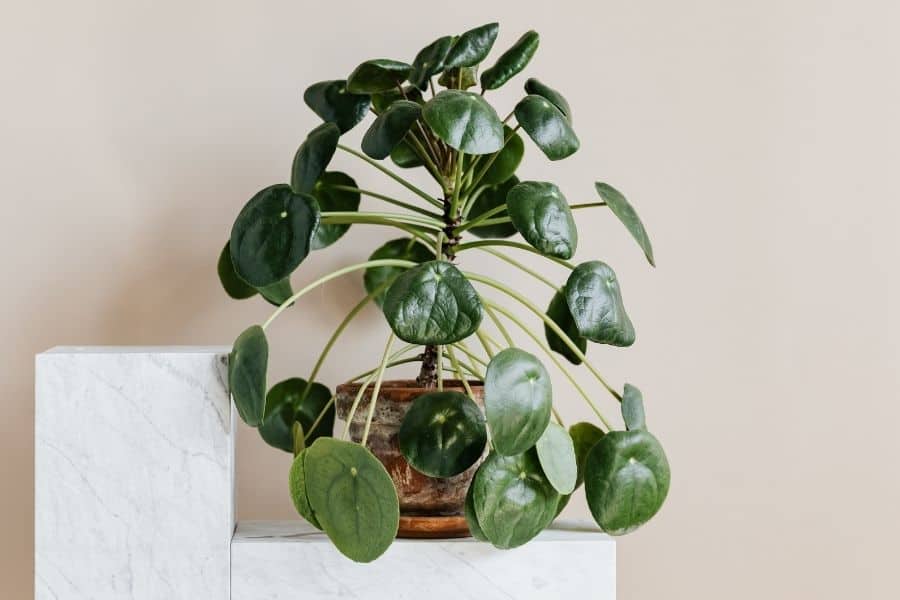
The beautiful Pilea peperomioides is also known as the Chinese money plant, pancake plant, or UFO plant. The round, coin-sized leaves have a diameter of about 4" (10cm) and grow from fleshy stems. The Chinese money plant is a tropical plant that naturally grows in china in the mountains of Yunnan. It is an easy plant to grow and will be a great addition to your indoor garden collection. To fully understand this plant, here's a complete Pilea peperomioides care guide, including how to water the plant, the best soil to use, what environment it likes, and how to propagate it.
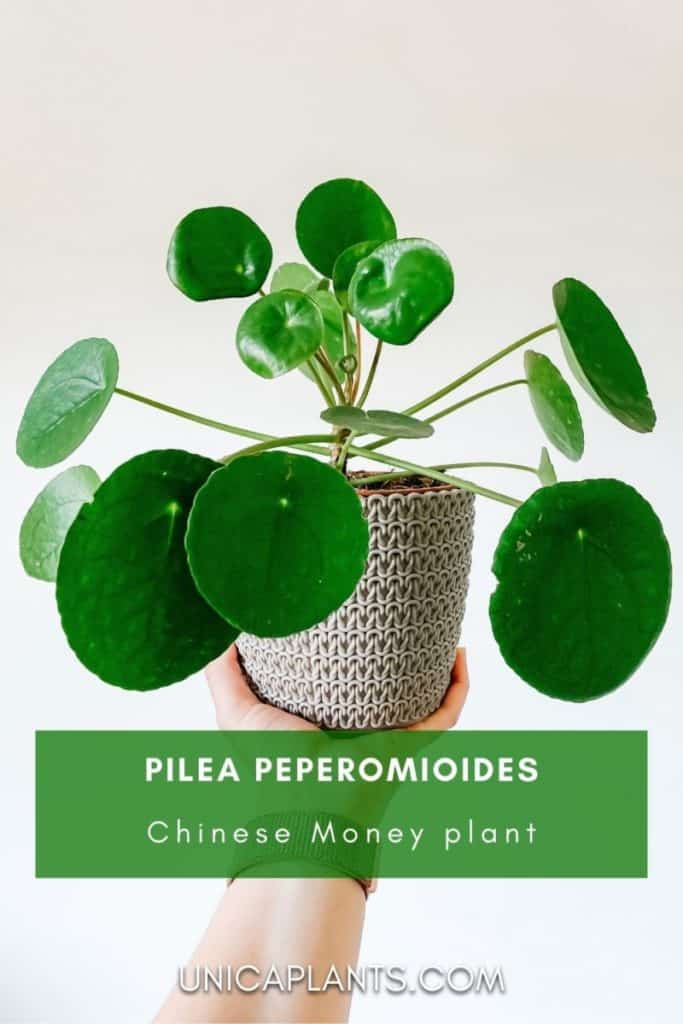
Summary:
- Light: Bright indirect light
- Water: Water regularly, keep the soil moist but not soaked
- Soil: Well-draining potting soil
- Size: The plant grows up to 12" (0.3 m) tall
- Size: The plant grows up to 12" (0.3 m) wide
- Zone: 10 (minimum 30°F | -1.1°C)
- Cold hardy: Not cold hardy
- Propagation: By offsets and stem offsets
- Toxicity: Not toxic to humans and pets
Contents
General Care for Pilea peperomioides (Chinese Money plant)
Although the Pilea peperomioides naturally grows in a tropical region, it is a great houseplant that is easy to take care of.
Watering
The Chinese money, just like most tropical plants, likes to be watered regularly. If you overwater the Pilea peperomioides, the roots will not be able to absorb any oxygen or nutrients anymore and the plant will slowly die. If you forget to water the Chinese money plant, the leaves will start drooping, which is actually the plants' way to say: "Hey YOU.. give me water!".
With the Pilea peperomioides, you want to make sure that the soil is always a little bit moist, not soaked, but moist. Best is to check the soil twice a week and stick your finger 1" (2,5 cm) deep into the soil to feel if it's dry or moist. If the soil feels dry, it's time to give the plant some water.
Where to Plant
The Pilea peperomioides is not cold hardy, so if you live in a zone that gets colder than 30°F (-1.1°C) it's best to put this plant in a container. If the weather is going down in the winter months, you can bring the plant indoors.
It does well in bright indirect sunlight. Plant in an area that gets a lot of bright light, but try to avoid too much direct sunlight. A couple of hours of morning sun won't hurt the plant, but it's best to give the plant only bright indirect sunlight.
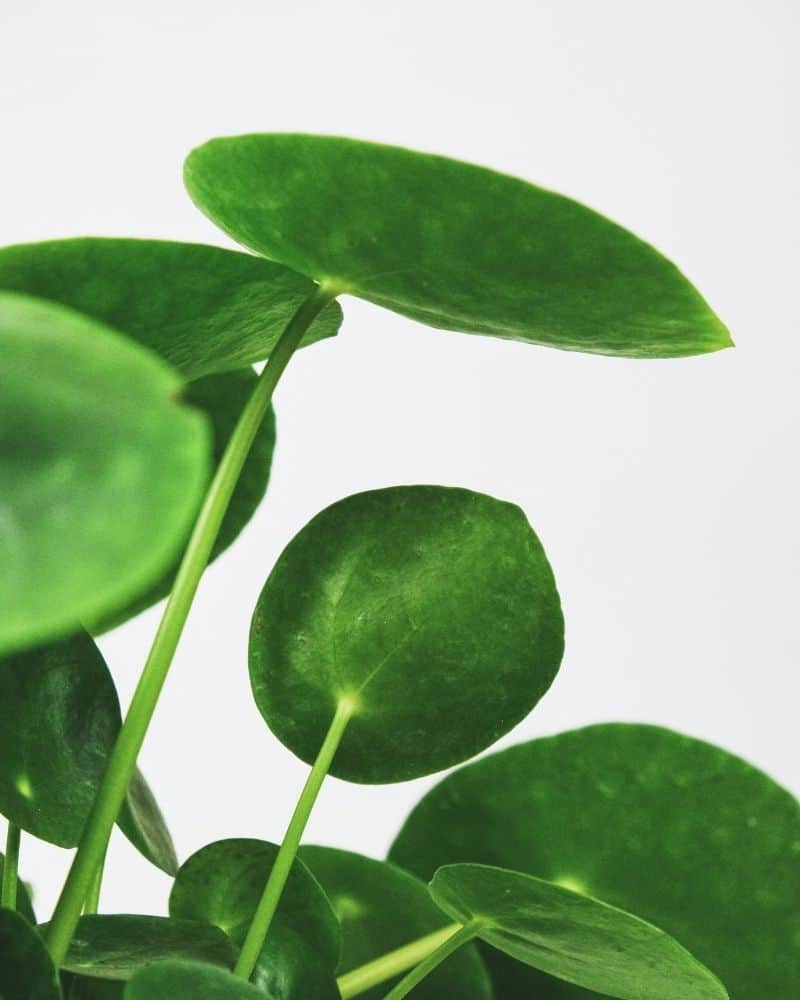
How to Propagate Pilea peperomioides (Chinese Money plant)
If you already have one Pilea peperomioides, I have some good news for you.. you actually can get many! Propagating this plant is super easy! It can be done in two different ways: it can be done by offsets or by stem cuttings.
You want to propagate in the growing seasons (spring & summer) because the Pilea will develop roots quickly in these seasons. This will increase the success rate of the propagation.
Offsets
The first and easiest way to propagate the Chinese money plant is through offsets, which grow throughout the whole year and are actually baby versions of the plant. Offsets can grow with many at once and grow in the soil.
To propagate Pilea peperomioides through offsets, you only have to cut the roots that are connected to the mother plant. The best way to do this is by using a sharp knife or pair of scissors. Now you want to gently pull the baby away from the mother plant and you can repot the baby plant into a smaller pot. Because these baby Pilea peperomioides's already have a root system of their own, they will quickly start growing!
Tip: Don't start chopping away offsets (babies) as soon as they pop up. Wait till they're at least 2-3" (5-7,5 cm) before removing them from the mother plant.
The bigger the baby, the more success you will have growing a new Chinese money plant!
Stem offsets
Just like the offsets that grow out of the soil, the Chinese money plant will also grow offsets on its stem. First, you want to wait until the stem-offsets are at least 2-3" (5-7,5 cm) tall. Then you can cut the offset from the stem with a sharp knife or a pair of scissors.
Since the stem-offsets don't have any roots, you want to put the offset in a vase or small glass with the bottom of the stem submerged in water. Make sure the glass is clear and put it in a place where it gets lots of bright indirect sunlight.
Be sure to replace the water every 2-3 days with fresh water. After 3 or 4 weeks, the roots should be 1-2 inches (2,5-5 cm) long.
Now you can repot the stem-offset into a pot with potting soil and enjoy your new Chinese money plant!

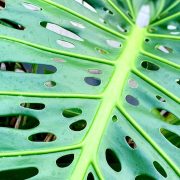
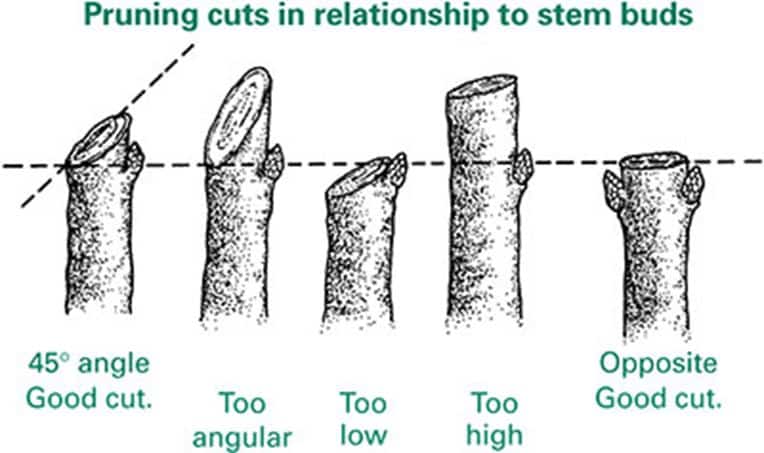
Leave a Reply